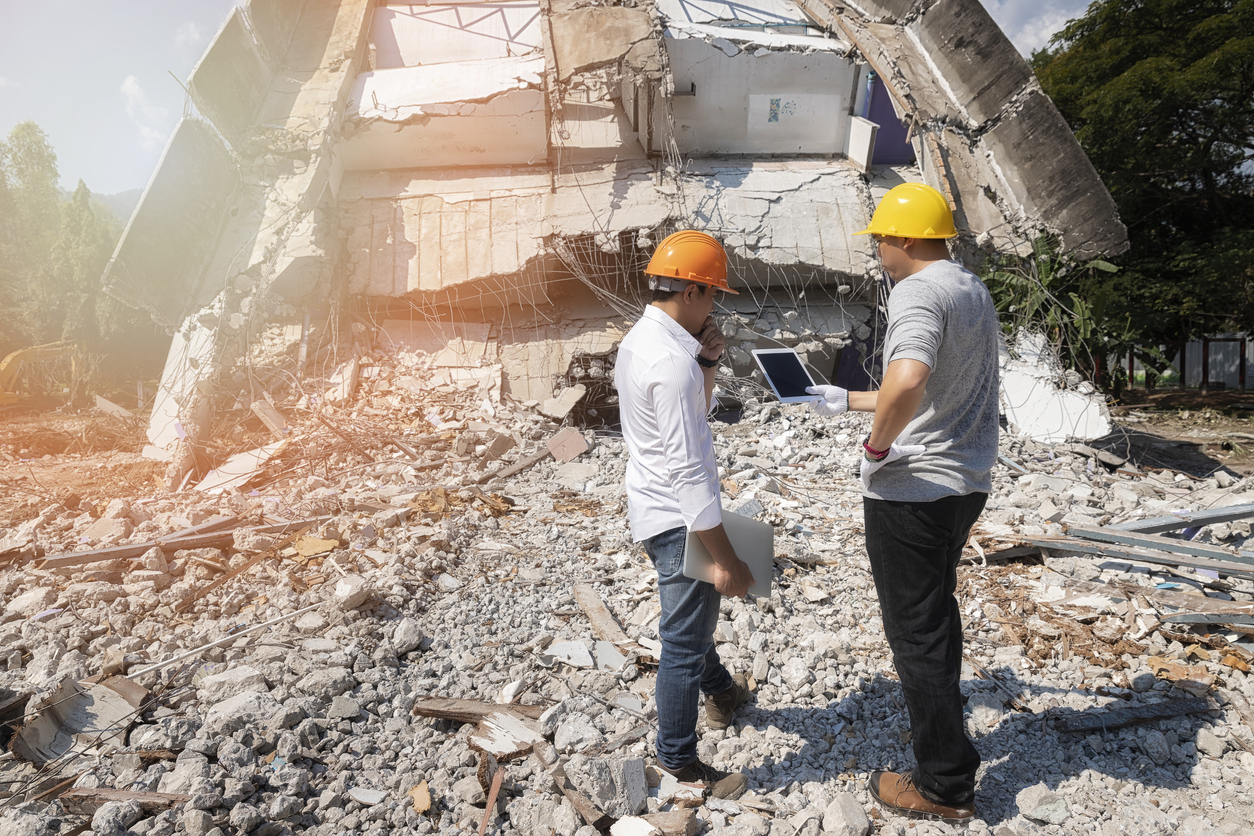SECTION 2: Eligible Activities
This section describes the many categories of activities that may be assisted using CDBG-DR funds. It also discusses a number of ineligible activities that may not be assisted. Guidance is also provided on documenting compliance with the CDBG-DR Consolidated Notice.
Most CDBG-DR appropriations acts require funds to be used for: “…necessary expenses for activities…related to disaster relief, long-term recovery, restoration of infrastructure and housing, economic revitalization and mitigation in the most impacted and distressed areas…”
Generally, if an activity is not specified in the HCDA, it is not considered eligible under the State CDBG program. However, if Entitlement regulations have made an interpretation that an activity is eligible under the HCDA, that interpretation of eligibility may then be applied to the State CDBG program and State CDBG-DR grantees. Additionally, the Consolidated Notice provides several waivers and alternative requirements for State CDBG-DR grantees to allow grantees to carry out activities directly, distribute funds to units of local government and Indian tribes, and use subrecipients to carry out activities in a similar manner to a CDBG Entitlement grantee.

CDBG-DR eligible activities derive from the HCDA; however, CDBG-DR appropriations acts require an additional layer to determine eligibility as CDBG-DR activities must be related to the disaster and long-term recovery. Disaster-related activities are those that demonstrate (1) a logical connection to the disaster, and (2) how the activity will contribute to long-term recovery. Grantees must determine what documentation is sufficient and reasonable to show how activities respond to a disaster-related impact (i.e., how grantees can document tie-back to the disaster).

Eligible Activities generally fall into one of the following categories:
-
Housing
-
Restoration of infrastructure
-
Economic Revitalization
-
Constructing new housing for residents located in a floodplain;
-
Buying severely damaged structures and relocating the affected household or business out of harm’s way;
-
Debris removal (when it is not covered by another source, such as FEMA);
-
Rehabilitation of homes or buildings damaged by the disaster;
-
Constructing or rehabilitating public facilities or improvements (e.g., streets, neighborhood centers, and water/sewer/drainage systems);
-
Costs of environmental reviews and mitigation to offset environmental impacts;
-
Code enforcement;
-
Homeownership assistance (e.g., down payment assistance, interest rate subsidies, and loan guarantees);
-
Public services (generally limited to no more than 15 percent of the grant);
-
Helping businesses retain or create jobs;
-
Planning (limited to a maximum of 15 percent of the total grant); and
-
Grant administration (allows up to 5 percent of the total grant, plus 5 percent of program income generated by the grant)
Before carrying out any CDBG-DR activities to construct, reconstruct, or rehabilitate residential or non-residential structures, the grantee must establish resilience performance metrics for the activity. These resilience performance metrics are described in the Resilience, Hazard Mitigation, and Climate Action section of the guidebook.
A Guide on How CDBG-DR Grantees Can Meet the Requirements of the Consolidated Notice